Understanding the Difference Between Mixing and Mastering Music
Mixing vs Mastering at a Glance
| Feature | Mixing | Mastering |
|---|---|---|
| Purpose | Blend and balance multitrack recordings | Final polish and prep for distribution |
| Input Type | Individual tracks (vocals, drums, etc.) | A single stereo mix |
| Tools Used | EQ, compression, panning, reverb, automation | EQ, compression, limiting, stereo enhancement |
| Output | Stereo mix | Final master for release (CD, digital, vinyl) |
| Who Does It | Mixing engineer | Mastering engineer |
In the world of music production, two essential but often misunderstood processes are mixing and mastering. While they both play distinct roles in the creation of a finished song, each is critically important in its own right. As a professional mixing and mastering engineer, my goal in this article is to clearly explain the difference between mixing and mastering, and why both are vital to producing music that stands up to commercial releases.
Whether you’re an artist working on your debut EP or a producer learning the ropes, understanding these two stages can help you make better creative decisions—and ultimately, better-sounding music.

What is Mixing?
Mixing is the process of combining individual audio tracks—vocals, drums, guitars, synths, etc.—into a cohesive, balanced stereo track. This stage is where the song starts to take shape, creatively and emotionally.
A skilled mixing engineer makes decisions about:
- Level balancing – Making sure no element dominates unnecessarily
- Panning – Placing instruments within the stereo field
- Equalization (EQ) – Shaping the tone of each sound to avoid clashes and enhance clarity
- Compression – Controlling dynamics to maintain punch and consistency
- Reverb and delay – Creating space, depth, and atmosphere
- Automation – Adjusting parameters dynamically to keep the mix engaging
I personally work in Studio One and Pro Tools, but the DAW you choose isn’t nearly as important as learning how to listen critically and make effective decisions. A well-mixed song should sound balanced, emotional, and compelling—whether played on a car stereo, laptop, or headphones.
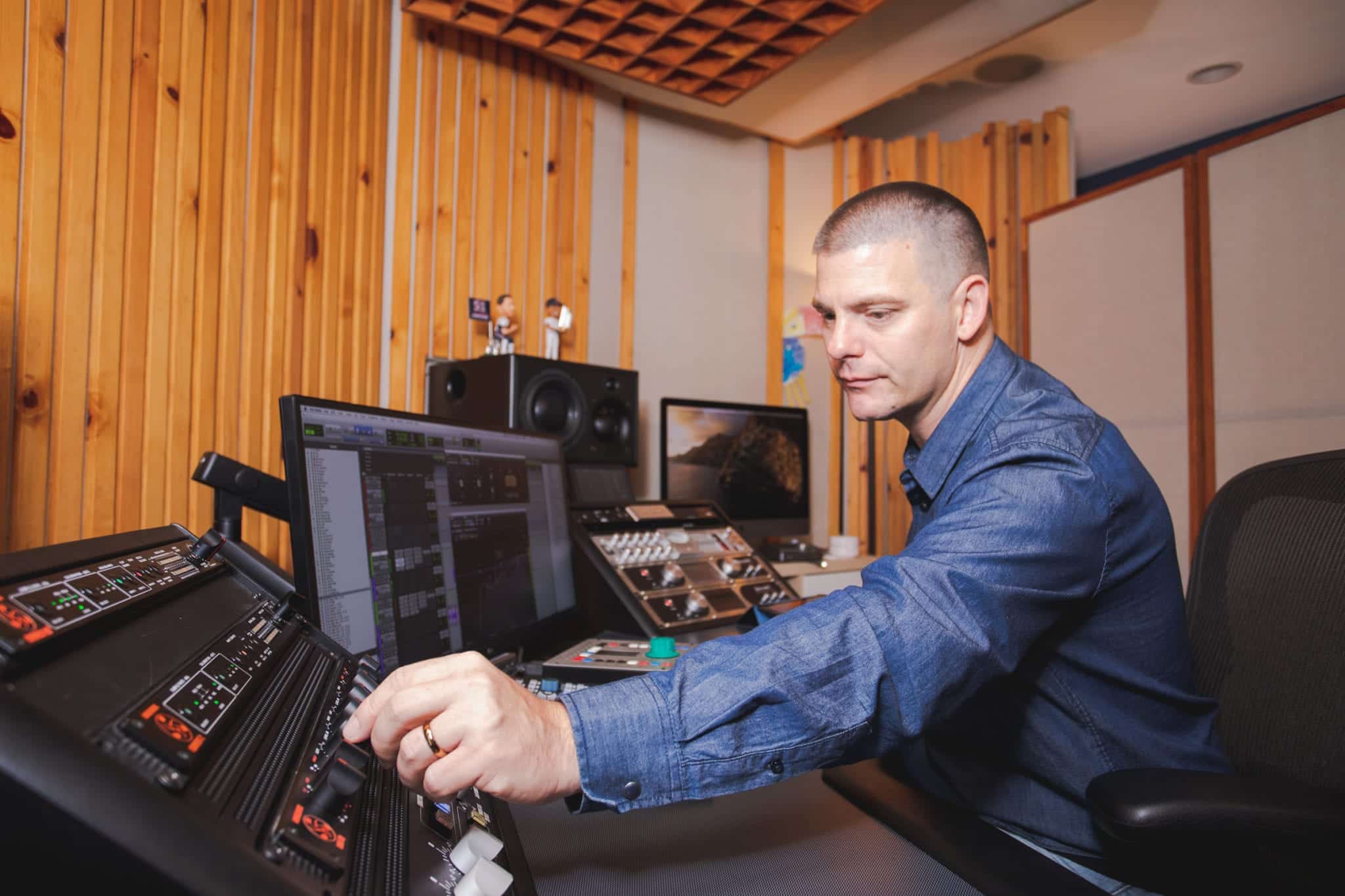
Ready to Release your music on Spotify?
Describe your song and get a personalized Mixing and Mastering review in 24 Hours.
What is Mastering?
Mastering is the final step before distribution. Once the mix is finished, mastering ensures that the track is sonically consistent, polished, and ready to meet the loudness and tonal standards of streaming platforms, radio, or physical formats.
Mastering typically involves:
- EQ and compression – Used more subtly than in mixing
- Limiting – Maximizing volume while avoiding distortion
- Stereo enhancement – Ensuring spatial consistency and impact
- Loudness normalization – Meeting industry LUFS targets
- Format preparation – Creating files for digital, vinyl, or CD release
The mastering engineer provides an unbiased ear and a fresh perspective. More than just technical tweaks, mastering is about making sure the music translates well across every system—from earbuds to club speakers.
Mixing vs Mastering – Key Differences
To put it simply:
- Mixing is about the creative blend of multiple tracks.
- Mastering is about technical refinement of a finished mix.
Mixing:
- Adjusts individual elements
- Shapes the identity of the song
- Involves deeper, more detailed edits
Mastering:
- Works with the final stereo file
- Focuses on consistency and clarity
- Prepares the song for the real world
Both stages require different skill sets and environments. Mixing thrives on experimentation and detail. Mastering depends on precision and objectivity.

Want a FREE Waves Vocal Preset?
This free Waves vocal preset works with Ableton, Logic Pro, FL Studio, Pro Tools, Studio One, and Waves StudioRack. It only uses plugins included in the Waves Gold Bundle, so that’s all you need to get started.
Workflow: From Recording to Final Master
- Recording: Capture clean, dynamic performances.
- Editing: Tighten timing and pitch, clean up noise.
- Mixing: Sculpt the sound, create vibe and dimension.
- Mastering: Final polish, sequencing (for albums), format delivery.
The better the mix, the less work the mastering engineer has to do. Poor mixes can make mastering feel like damage control. Good communication between engineers—or ideally, hiring a separate mastering engineer—helps preserve objectivity.
DIY vs Professional Services
Today’s tools make it easier than ever to try mixing and mastering yourself. There are cost savings and a sense of control. But there are trade-offs:
DIY Pros:
- Saves money
- Full creative control
- Learning opportunity
DIY Cons:
- Lack of experience can lead to poor translation
- Inadequate monitoring setup
- No outside perspective
Professional engineers bring trained ears, treated rooms, and high-end tools that can make a night-and-day difference. If budget is a concern, hybrid approaches (e.g., mix it yourself, hire a pro to master) are a great middle ground. Just remember: A second set of ears is invaluable.
-
For a deeper dive into the pros and cons of DIY vs. professional mixing and mastering, check out our dedicated article.
FAQs About Mixing and Mastering
Do I need both mixing and mastering? Yes. Mixing makes your track sound good. Mastering ensures it sounds good everywhere.
Can I master a bad mix? Not really. Mastering can’t fix poor balances or muddy elements. It builds on a solid mix.
Should the same person mix and master? It depends. Fresh ears are ideal, but if you’re doing both, take a long break between them.
Final Thoughts
Mixing and mastering are not just technical processes—they’re creative stages that can make or break how a song connects with its audience. While technology has made them more accessible, experience, taste, and perspective still matter more than any plugin or preset.
If you’re serious about your sound, don’t skip or rush these stages, and If you’re contemplating hiring professionals for your music production needs, it’s essential to understand how much mixing and mastering services cost. This guide breaks down the factors influencing pricing and helps you make an informed decision.

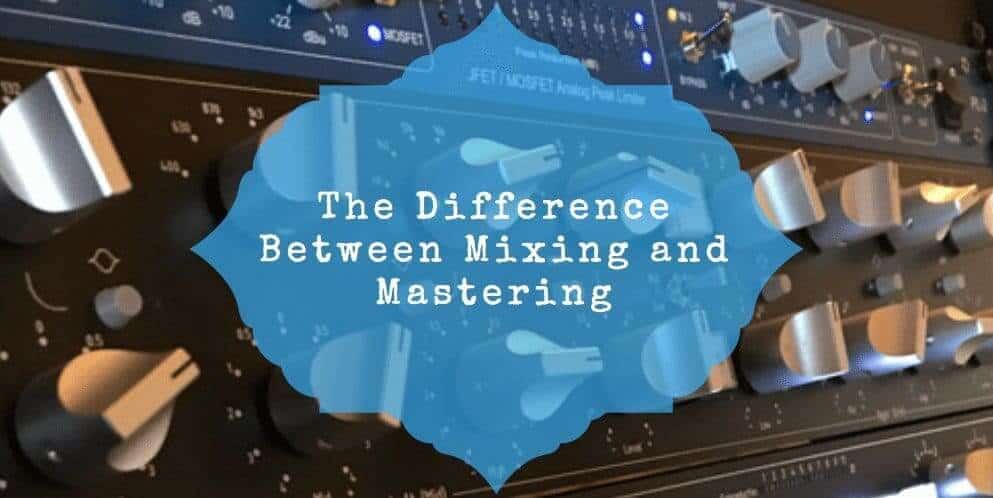

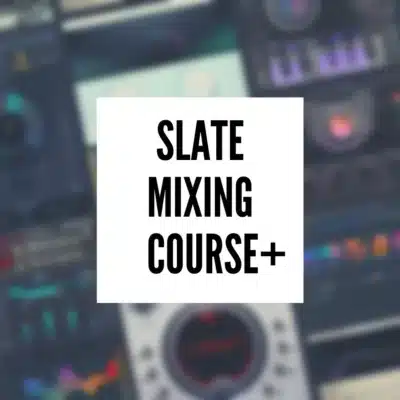
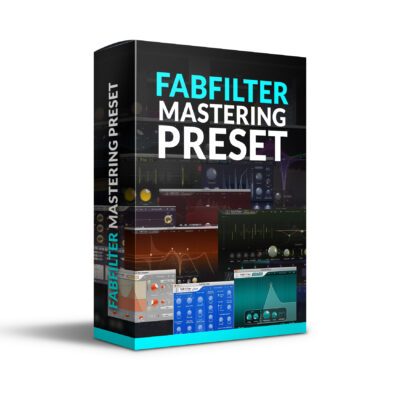
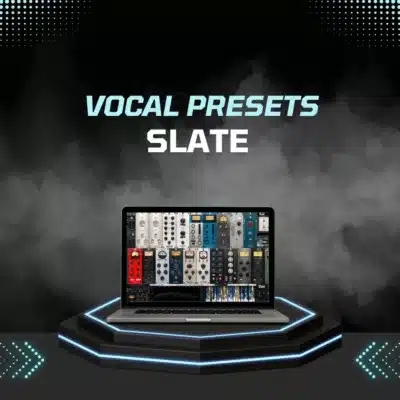
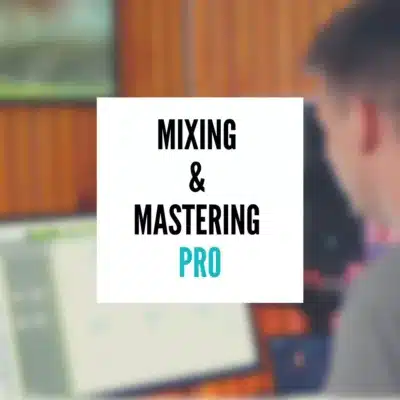

This is very helpful. Thanks.